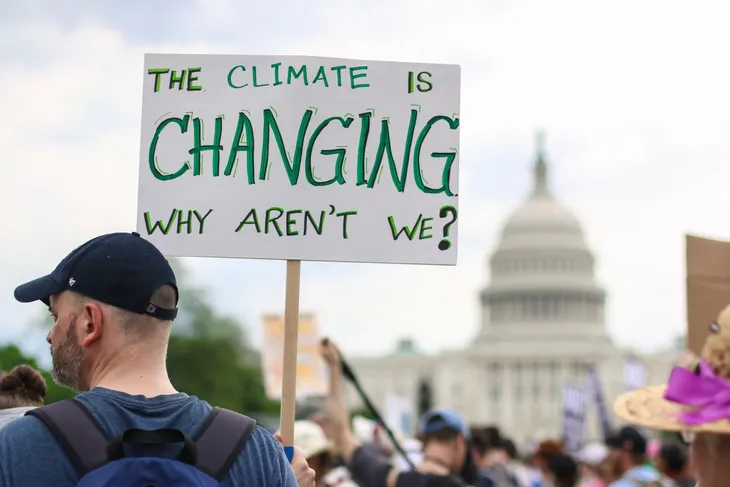Solar energy has been steadily growing in popularity in recent years. In particular, it is gaining popularity among those who are more aware of the environmental issues caused by fossil fuels and nuclear power.
Even if you’re not worried about the long-term survival of our planet, there are plenty of good reasons to invest in solar. First and foremost, it’s a great way to save money on your electricity bill. However, many people don’t know that solar energy comes with its fair share of health benefits, which you can find out with a quick online search.
To help get your research started, here are some health benefits of investing in solar energy, along with some options for investing if you’re interested.
Climate Change Is a Threat to American Health
Not to put too fine a point on it, but the American Medical Association, American Lung Association, and American Heart Association all state that climate change is “one of the greatest threats to” to American health. According to the World Health Organization, climate change is estimated to cause around 250,000 deaths per year from 2030 to 2050. Moreover, the organization estimates the cost of damage to health will be between $2 to $4 billion by 2030.
All in all, that’s some dire statistics. However, to stop the worst of these impacts, the USA, along with countries worldwide, need to make significant investments in clean energy like solar power and begin taking our carbon pollution seriously.
Climate Change Is Leading to More Lung Disease
Climate change is increasingly contributing to more and longer lasting cases of lung disease. Rising temperatures cause more ozone formation. This formation increases smog and particle pollution, which can lead to asthma attacks, COPD, and other lung conditions.
Furthermore, rising temperatures lead to the formation of ground-level ozone. Also known as “bad ozone”, ground-level ozone can cause inflammation in a person’s airways and damage the lung tissue. The damaging effects of ground-level ozone are most harmful to those with lung disease. While anybody outside can be affected by ground-level ozone, children are the most vulnerable.
Options for Using Renewable Energy
By making renewable energy a larger part of our national energy mix, we can combat climate change by lowering greenhouse gas emissions. Additionally, many renewable sources abundantly available. Although these clean-energy sources are significantly less expensive than fossil fuels on a cost-per-kilowatt hour basis, they’re not always cheaper up front.
If you’re uncertain how to help combat climate change, here are a few options available for those willing to invest in renewable energy — especially solar energy.
Generating Renewable Energy On-Site
Generating renewable energy on-site is beneficial for two reasons. First, it provides a sense of empowerment. Doesn’t it feel good to do your part in reducing greenhouse gases? Second, generating energy from renewable sources allows you to take control of your energy bill.
While how you generate renewable energy on-site will differ by the type of energy you produce. For solar energy, there are three ways to generate it on-site. They are:
- Photovoltaics: Produces energy by exposing solar cells to sunlight. Typically installed on rooftops or as standalone units on traffic lights, parking meters, and bus stop canopies.
- Solar Hot Water: Uses sunlight to heat water, which is distributed throughout a building.
- Solar Process Heating and Cooling: Captures the heat sunlight to provide space heating to a building.
Purchasing Renewable Energy
In addition to being a smart investment opportunity, purchasing renewable energy is one way to lower your carbon footprint. Every unit of renewable energy you buy helps offset harmful emissions from traditional power sources. This can help reduce air pollution and water usage, as well as prevent deforestation.
As you might imagine, purchasing renewable energy doesn’t come cheap. How much it costs will depend on where you live and whether or not you have existing solar panels. However, prices should drop as more people adopt renewable energy sources.
Purchasing Green Power
Some electricity providers offer green power, which is generated from renewable sources like wind and solar. However, buying renewable energy directly from a supplier can be expensive.
To provide an affordable option for customers who want to support renewable energy, some electric suppliers sell renewable energy certificates. Also known as green tags, green energy certificates, or tradable renewable certificates, these are small certificates that represent your contribution to green power generation. You essentially purchase them from your provider and then present them to your utility company as proof that you’re generating green power for your home or business.








